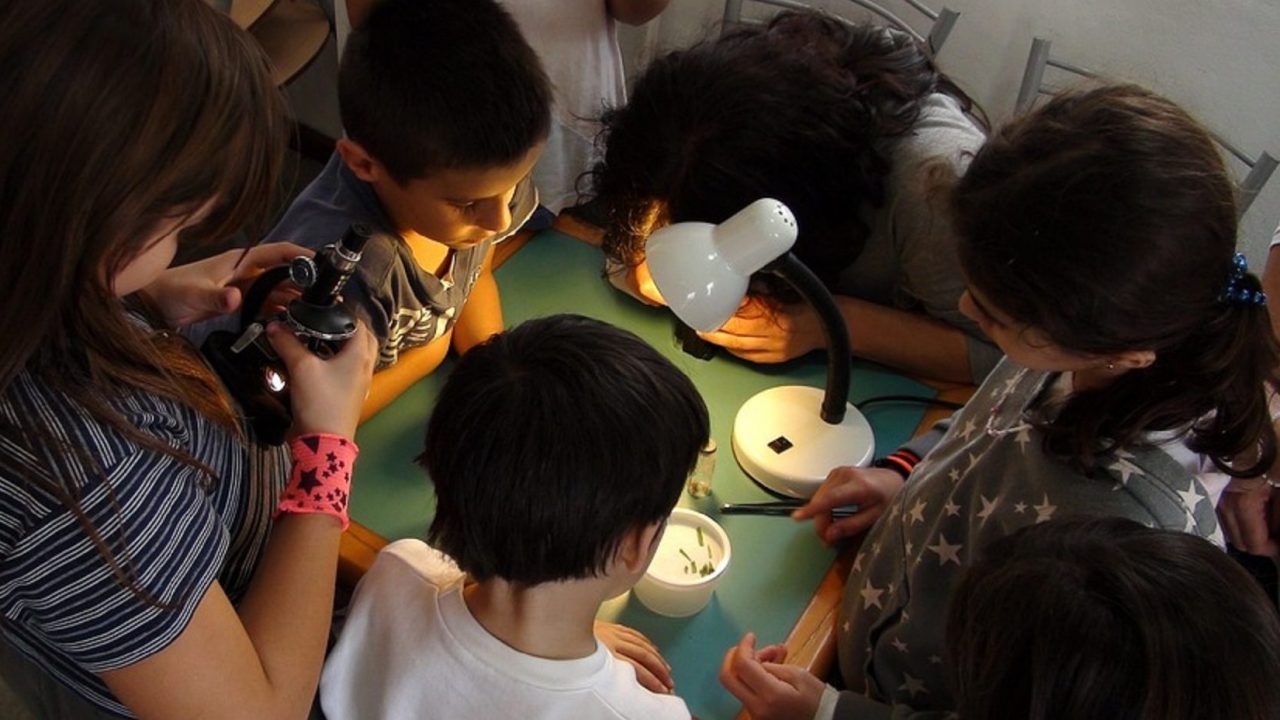Day 13: Preparing for the Science Meeting (Part 1)

-
Culminating Project
SUMMARY OF WORK THUS FAR
Throughout the unit, learners have worked in inquiry circles to investigate different ecosystems. Specifically, they have looked at the interactions between the living and nonliving components in an ecosystem. They also learned about important food chains made up of producers, consumers, and decomposers that live in diverse environments. Guided science investigations were conducted on a “mystery substance” later identified as algae—the primary producers in aquatic ecosystems.
With their Inquiry Charts completed and their synthesis statements and evidence-based claims written, learners are ready to begin the culminating activity. They will also use information in their science notebooks and the class-generated lists of information and questions as resources to draw from.
You might anticipate that learners will spend 2 days working on their projects as they make connections between their text-based inquiry and science investigation. We suggest about 90 minutes for each day of preparation, but you can decide how much time to allow based on schedule and learner need. After the 2 days of preparation, you will need to plan 1 day for presenting their work at a “science meeting.”
BACKGROUND INFORMATION ON REPORTING LIKE A SCIENTIST
It is important for scientists to report their findings so that new information can be shared across the scientific community. At science meetings, scientists summarize their findings and engage in discussions with others who share their interests. Meetings can be small, with only members of a specific science team, or they can be larger venues where scientists from diverse disciplines in the scientific community are in attendance. Either way, the purpose of the meetings is to look at the data generated by specific investigations.
There are several things that the scientific community expects at these meetings; these are things to note and talk about with children as they prepare for the culminating activity. For example, when reading, writing, and talking to other scientists, scientists use scientific language to accurately explain scientific concepts. Children will practice using scientific language in their culminating project as well as in their presentation.
CHOICES FOR CULMINATING PROJECT
We have provided three visual modes for the teacher to consider as a culminating project: a model, an infographic, or a poster. Detailed information about each of these options can be found in the “Culminating Project” document in “Supporting Files” for Day 13. The teacher may modify the requirements; the teacher may also decide which of the three options best fits the needs of the class or give learners the opportunity to choose between two or three options.
We do not intend for you to hand the project document to the children—rather, it is to be used as a guide for the kind of product you want the children to work on.
Completed projects will be presented on the final day of the unit in a science meeting format in which team members can stand together to present their project and answer questions from the audience and other classroom scientists.
MATERIALS
Each team needs:
- science notebooks with all documents, notes, etc.
- materials to make the chosen product, including traditional materials (e.g., paper and writing/drawing materials)
- access to team Inquiry Charts, Team Data Logs, and Team CER Charts
SETUP
- Designate a central location where children can access all the materials needed for their culminating project.
- If using technology, ensure that each team has access to information as needed.
INTRODUCING THE CULMINATING PROJECT
- Tell learners what the purpose of the activity is: to create a product that will show their expertise in the topic and that other scientists can use to learn about their topic.
- After deciding what the product will be (a model, infographic, or poster), the teacher will need to provide specific instructions.
- Let learners know that they will have 2 days to work on their product and that they will present their product during a classroom science meeting on the last day of the unit.
- Tell learners that they have some decisions to make before they start their product. They will plan their product today and should consider the following:
- What information will they include in their product?
- Where will that information come from (e.g., Inquiry Charts, Team Data Logs, Team CER Charts, science investigation data)?
- What claim(s) have they made based on observations and investigations?
- What evidence do they have to support the claim(s)?
- How will they present their information and where in the product will they place it?
- Their audience (fellow scientists) will expect them to use science language. What technical words and phrases might they need to include in their books?
- What graphic features will they include in their product (e.g., headings, bold words, pictures and captions, graphs or charts, labeled diagrams)?
- What job will each team member have in making the product?
- Invite learners to create a graphic organizer (optional) to help them organize their information and plan their product.
After the project has been explained and questions have been answered, children will begin working on a plan for their product while the teacher moves around, supporting the teams, offering guidance as needed, and asking questions about their work. Listen for the reasoning and justification learners use in making their decisions. Look for learners who may not be engaged in the conversations and ask them what their thoughts are.


